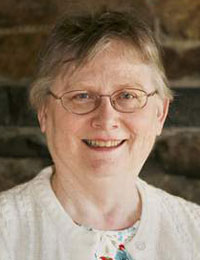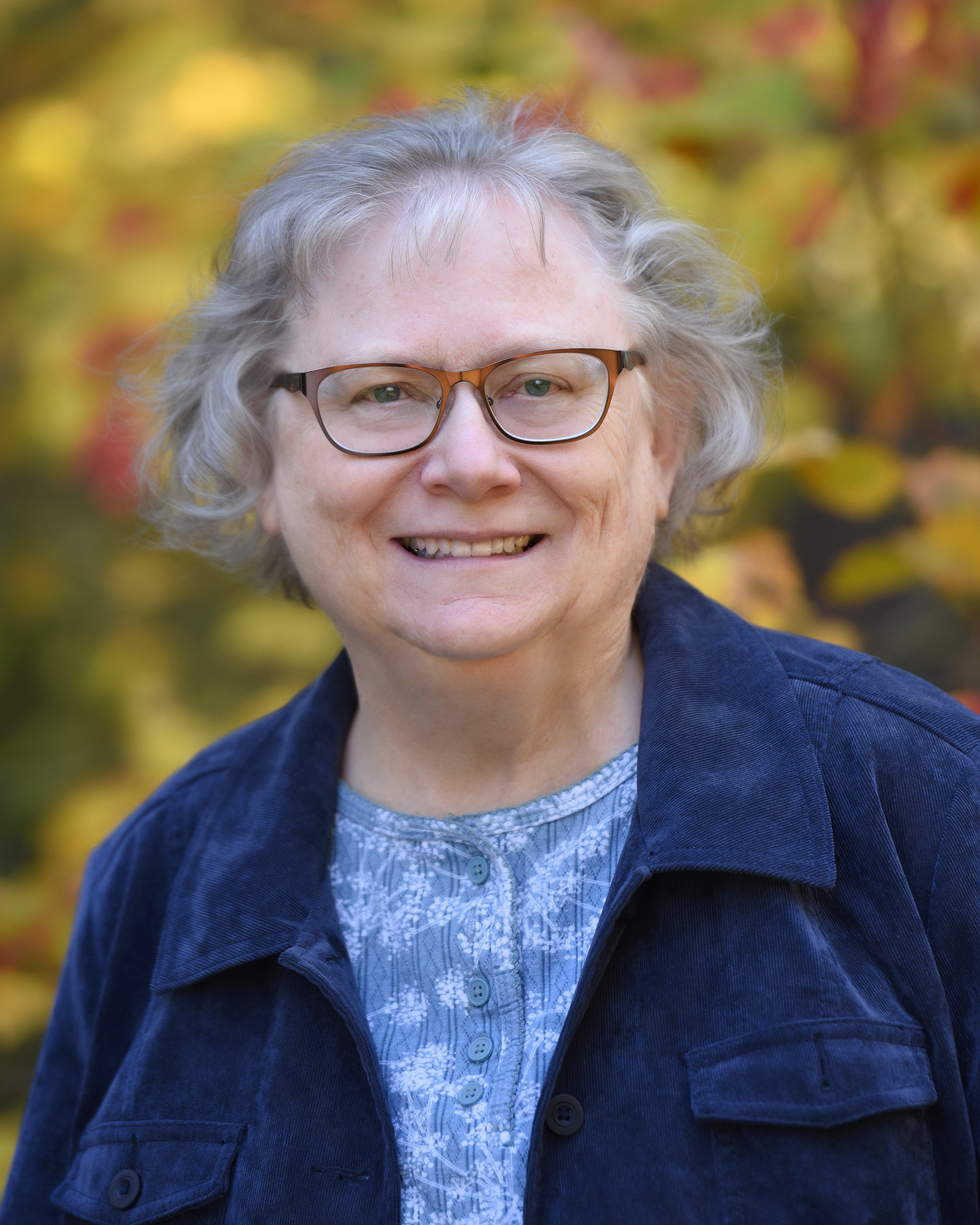 Another way to assess a genealogy is to consider the “scope” of its content. Few genealogies trace all descendants of a seventeenth-century New England couple through male and female lines to the present: just ask the Mayflower Society about their “Five Generations” program, now approaching sixty years of effort with more than fifty volumes – and still growing!
Another way to assess a genealogy is to consider the “scope” of its content. Few genealogies trace all descendants of a seventeenth-century New England couple through male and female lines to the present: just ask the Mayflower Society about their “Five Generations” program, now approaching sixty years of effort with more than fifty volumes – and still growing!
Standard genealogies usually trace descendants of the same surname through male lines because it is a much simpler task to collect data exclusive to one surname at a time. Usually, the author – or the client who paid the author – is a descendant of that surname and often the book will emphasize the author or client’s branch of the family in more detail than others. The author may have had limited access to records of other branches of the family and/or may have only corresponded with a limited range of relatives, relying on information that may or may not have been reliable. For example, a genealogy on the Richard Hawes family of Dorchester, compiled in the 1950s, contains many errors on my mother’s branch of the family. Come to find out the information was submitted by a dear, distant cousin who had been kicked in the head by a horse when she was a child!
Mobility is often an issue. The first two editions of the Babson family’s genealogy contained nothing about a branch of the family that migrated from New England to North Carolina and now comprises the largest number of Babson-named descendants.
[If] one is tracing a New England immigrant family line with proved English royalty behind it, one could be dealing with branches of ancestors extending thirty generations...
Turning the tree around, is this a genealogy that traces ancestors of the author/client? Is it supposed to be all known ancestors, or perhaps five generations of ancestors, or only certain lines of ancestry? Obviously, if one is tracing a New England immigrant family line with proved English royalty behind it, one could be dealing with branches of ancestors extending thirty generations – which is why most genealogies tend to stop on this side of the Atlantic.
Does the content include useful supplemental material, such as transcriptions of wills and deeds, or is there extraneous material, perhaps long, meandering stories or reproductions of college degree certificates? If this is a surname genealogy, how does it treat daughters? Are they simply ended by marriage, or are their children, perhaps even grandchildren, included?
Understanding the intended scope of a genealogy is particularly important when we do not find information on our ancestors. Was that because our ancestor does not belong to this family, or was it because our ancestor just did not fall within the scope of the work?
Next week we will narrow the scope and talk about formats.
Share this:

About Alicia Crane Williams
Alicia Crane Williams, FASG, Lead Genealogist of Early Families of New England Study Project, has compiled and edited numerous important genealogical publications including The Mayflower Descendant and the Alden Family “Silver Book” Five Generations project of the Mayflower Society. Most recently, she is the author of the 2017 edition of The Babson Genealogy, 1606-2017, Descendants of Thomas and Isabel Babson who first arrived in Salem, Massachusetts, in 1637. Alicia has served as Historian of the Massachusetts Society of Mayflower Descendants, Assistant Historian General at the General Society of Mayflower Descendants, and as Genealogist of the Alden Kindred of America. She earned a bachelor’s degree from the University of Connecticut and a master’s degree in History from Northeastern University.View all posts by Alicia Crane Williams →